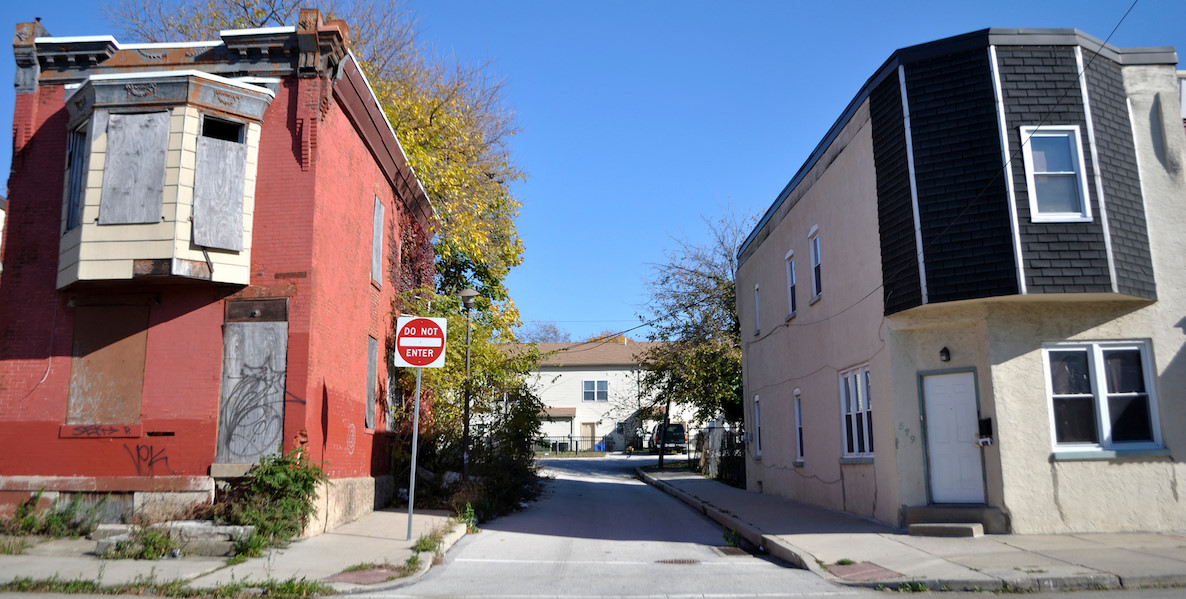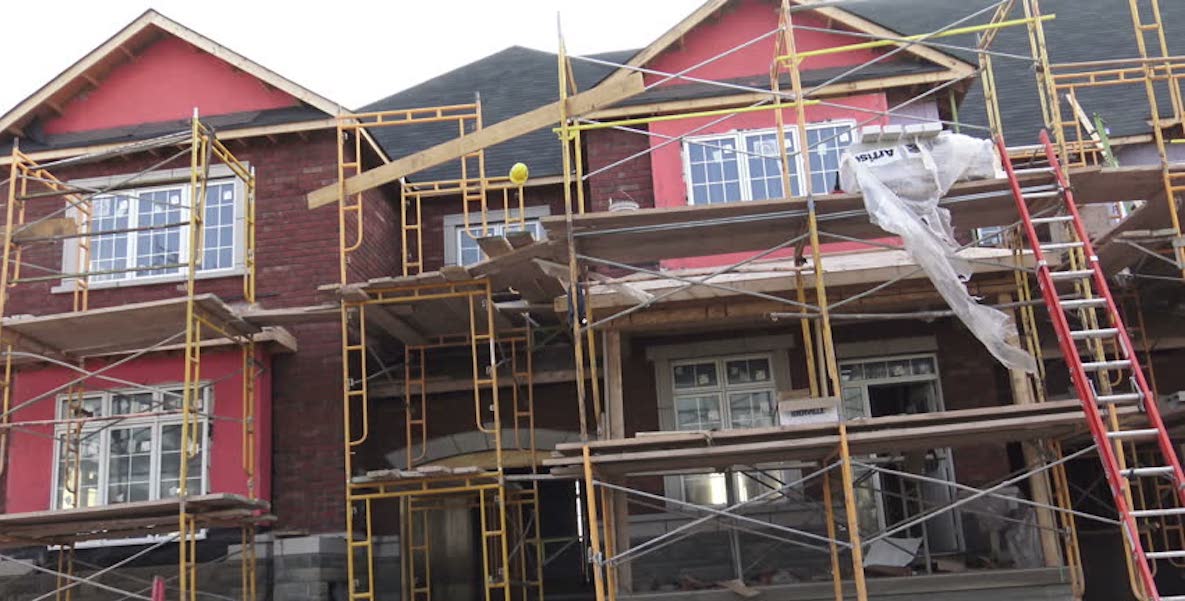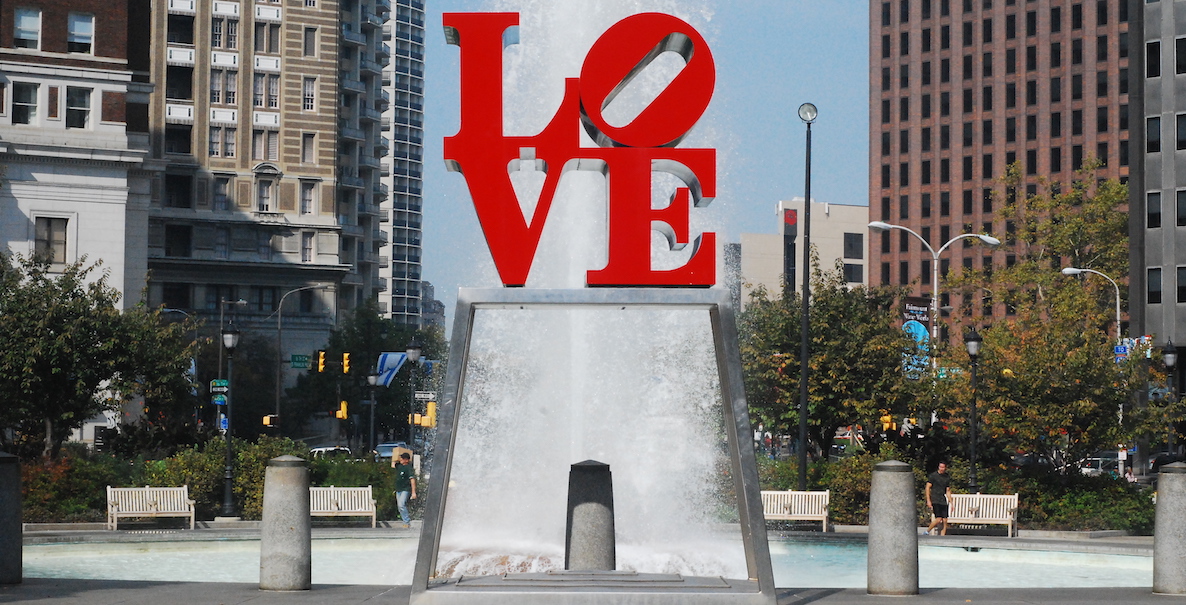Philadelphia’s Department of Licenses and Inspections has never been known as a hotbed of innovation. In fact, it usually makes the news because of its unfortunate history of corruption or ineptitude. But this week, the department’s commissioner came out in favor of revising the city’s building code to allow for more rooming houses, and turned more than a few heads in urban policy circles.
 Philadelphia, like many cities around the country, is grappling with a housing affordability crisis. Housing prices went up 22 percent in a year between 2016 and 2017. Among politicians and housing advocacy groups, there is widespread agreement that this kind of price appreciation will be a problem if it continues in the long term (and especially if Amazon HQ2 lands here). Various solutions have been proposed, such as creating a new tax on all development to fund affordable housing projects. But the conversation in and outside city council often grapples with supply and demand dynamics, and rarely addresses the correlated problem of a lack of housing choices.
Philadelphia, like many cities around the country, is grappling with a housing affordability crisis. Housing prices went up 22 percent in a year between 2016 and 2017. Among politicians and housing advocacy groups, there is widespread agreement that this kind of price appreciation will be a problem if it continues in the long term (and especially if Amazon HQ2 lands here). Various solutions have been proposed, such as creating a new tax on all development to fund affordable housing projects. But the conversation in and outside city council often grapples with supply and demand dynamics, and rarely addresses the correlated problem of a lack of housing choices.

Prefer the audio version of this story? Listen to this article in CitizenCast below:

Whether a downtown loft or a Victorian twin, the single-family home is often the only kind of housing that can be built or permitted in most American residential communities. It’s also the most expensive kind of housing that has ever existed. Standalone homes, which account for more than 60 percent of the country’s housing stock, require their own heating, cooling, plumbing and electrical infrastructure, not to mention their own appliances and furniture. All of this, even before you add taxes and the cost of maintenance, does not come cheap. And for that reason, people lived more communally for the entirety of history prior to World War II.
Housing prices went up 22 percent in a year between 2016 and 2017. Among politicians and housing advocacy groups, there is widespread agreement that this kind of price appreciation will be a problem if it continues in the long term (and especially if Amazon HQ2 lands here).
Throughout the modern era up until the prewar period, cities hosted a variety of housing choices. Buildings organized around single-room occupancy tenants (SROs or rooming houses) were common; hotels that served as de facto apartment buildings proliferated in most downtowns; more than half of families lived multi-generationally. In 1930, when the Census Bureau first published uniform statistics on lodging, 11.4 percent of urban families reported keeping boarders—and that was at a time when lodging was on the decline. Over the past 75 years, many of these housing options have been made illegal through zoning, or impossible by the style and cost of housing available and the new norms of privacy.
![]() Yet today, economic, demographic and technological changes are prompting their comeback. A company called Starcity in housing-starved San Francisco has built three coliving communities, dubbed “adult dorms” by the media. In these buildings, residents have their own rooms but share amenities from dining space to wifi. Even though Starcity claims it houses three times the number of people that a typical apartment building does, it still has 13,000 people on its waitlist. The $20 billion juggernaut, WeWork, has followed its coworking empire with coliving communities called WeLive in New York and Washington, D.C. Other companies like Ollie offers all-inclusive co-living in highly educated enclaves of Boston and Pittsburgh.
Yet today, economic, demographic and technological changes are prompting their comeback. A company called Starcity in housing-starved San Francisco has built three coliving communities, dubbed “adult dorms” by the media. In these buildings, residents have their own rooms but share amenities from dining space to wifi. Even though Starcity claims it houses three times the number of people that a typical apartment building does, it still has 13,000 people on its waitlist. The $20 billion juggernaut, WeWork, has followed its coworking empire with coliving communities called WeLive in New York and Washington, D.C. Other companies like Ollie offers all-inclusive co-living in highly educated enclaves of Boston and Pittsburgh.
The success of these experiments prove that people want new housing options that bear resemblance to rooming houses of yore. They offer more amenities, more social interaction, and leases as short as a day. But will they help deliver affordability? Not if they’re the exception, instead of the rule. And not if they’re only catering to bourgeois millennial tastes.
Which brings us back to Philadelphia’s approach to simply legalize rooming houses.
By ensuring rooming houses, particularly the ones without venture capital funding aimed at college grads, are safe and appropriate spaces for anyone, they can emerge from the informal economy and reclaim their rightful position as one piece of the solution to the affordable housing crisis.
It’s exciting that this proposal is coming from L&I, since regulation of rooming houses would be the ideal first step toward encouraging their growth in cities. Rooming houses got a bad reputation more than a century ago when housing reformers like Jacob Riis brought attention to the cramped and unhealthy conditions in tenements; as a consequence, other forms of communal urban housing came under attack as demoralizing and poisonous, especially for families. It’s no surprise that rooming houses today mostly exist in an unregulated fashion in poor neighborhoods where they’re synonymous with poverty, transience, crime—and sometimes fire.
![]() By ensuring rooming houses, particularly the ones without venture capital funding aimed at college grads, are safe and appropriate spaces for anyone, they can emerge from the informal economy and reclaim their rightful position as one piece of the solution to the affordable housing crisis. By encouraging rooming houses, city officials like Commissioner David Perri can also help destigmatize the legitimate need for affordable, transitional housing, showing that it can be a viable option for a range of individuals and families.
By ensuring rooming houses, particularly the ones without venture capital funding aimed at college grads, are safe and appropriate spaces for anyone, they can emerge from the informal economy and reclaim their rightful position as one piece of the solution to the affordable housing crisis. By encouraging rooming houses, city officials like Commissioner David Perri can also help destigmatize the legitimate need for affordable, transitional housing, showing that it can be a viable option for a range of individuals and families.
And once more modern rooming houses have proven their merit and safety, hopefully even homeowners, wary of anything that would lower their property values, will welcome rooming houses into their neighborhoods. After all, even Benjamin Franklin’s first stop in Philadelphia was a rooming house; many others today could benefit from the community and affordability that safe rooming houses could provide.
Photo: thejaan via Flickr








